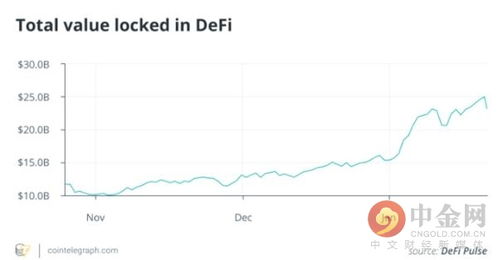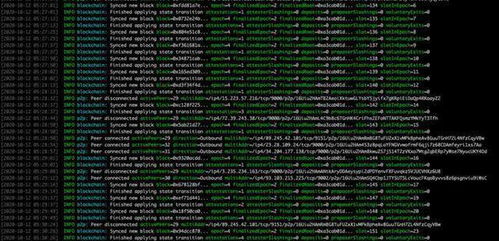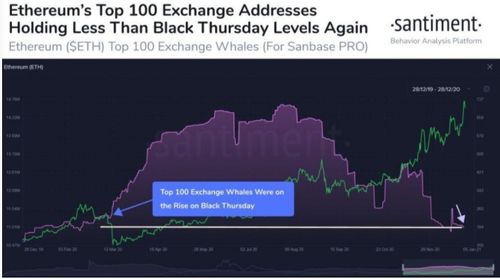来源:小编 更新:2024-11-15 04:54:32
用手机看

Ethereum, a decentralized, open-source blockchain platform with smart contract functionality, has been making significant strides in the cryptocurrency and blockchain industry. In 2021, Ethereum continued to solidify its position as a leading platform, with its native cryptocurrency, Ether (ETH), ranking as the second-highest by market capitalization, just behind Bitcoin.

First proposed by programmer Vitalik Buterin in 2013-2014, Ethereum was inspired by Bitcoin but aimed to be the next generation of cryptocurrency and decentralized application platform. The concept was brought to life through an Initial Coin Offering (ICO) in 2014, which kick-started its development.
Since then, Ethereum has become the go-to platform for developers looking to create decentralized applications (dApps) and smart contracts. Its versatility and robustness have made it a favorite among the blockchain community.

The Ethereum network operates on a proof-of-stake consensus mechanism, which is more energy-efficient than the proof-of-work mechanism used by Bitcoin. This has made Ethereum a more sustainable option for the environment.
Ether, the native cryptocurrency of Ethereum, is used to pay for transaction fees and to incentivize network participants to secure the network. As the network grows, the demand for Ether has increased, driving its price upwards.

One of the biggest challenges faced by Ethereum in 2021 was scalability. As more users and applications joined the network, the demand for resources increased, leading to network congestion and high transaction fees. This situation was further exacerbated by the rise in decentralized finance (DeFi) applications, which rely heavily on Ethereum for their operations.
Recognizing the need for a solution, the Ethereum community turned to Layer 2 scaling solutions, which aim to offload some of the transaction processing from the main Ethereum network to secondary networks, thereby reducing congestion and lowering fees.

Layer 2 scaling solutions, such as Arbitrum, Optimism, and zkSync, are designed to improve the scalability of the Ethereum network by processing transactions off-chain. This means that transactions are executed on a separate network, and only the final state is recorded on the Ethereum main chain.
These solutions have been instrumental in reducing transaction fees and improving the overall user experience on the Ethereum network. As a result, the adoption of Ethereum-based dApps has surged, with many new projects choosing to build on the platform.

Looking ahead, Ethereum is poised for continued growth and innovation. The Ethereum 2.0 upgrade, which is expected to be completed in 2022, will introduce several key improvements, including a shift to a proof-of-stake consensus mechanism, improved scalability, and enhanced security.
With these upgrades, Ethereum aims to become the go-to platform for decentralized applications, smart contracts, and digital assets. As the blockchain industry continues to evolve, Ethereum is well-positioned to play a leading role in shaping the future of finance and technology.

In 2021, Ethereum solidified its position as a leading blockchain platform, with its innovative technology and growing ecosystem. Despite facing challenges with scalability, the community has come together to develop effective solutions, such as Layer 2 scaling solutions. As Ethereum continues to evolve and improve, it is poised to become an even more significant player in the cryptocurrency and blockchain industry.
